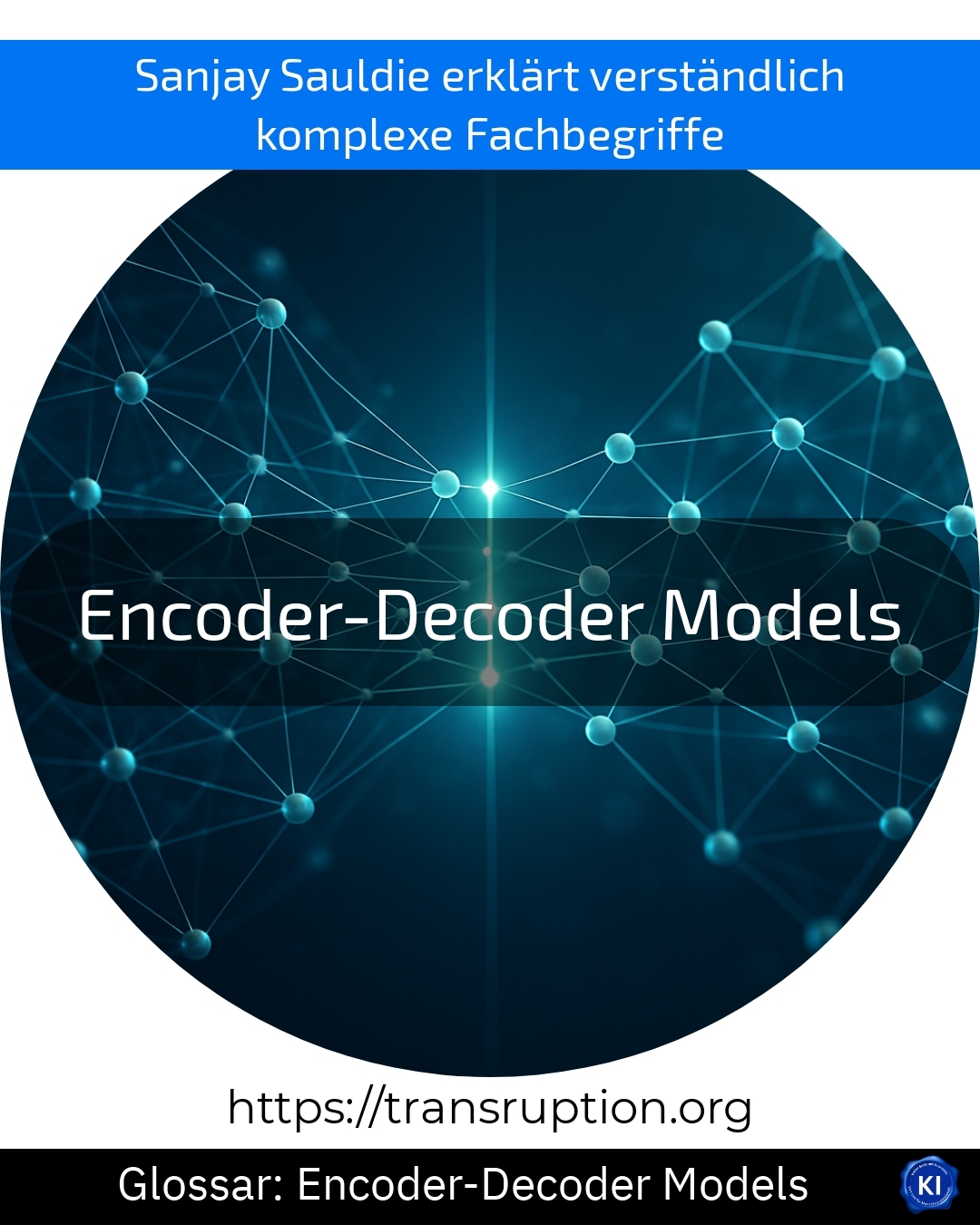The term "encoder-decoder models" comes from the world of artificial intelligence and is particularly important in the field of digital transformation and in big data and smart data. These models help computers to process and understand information efficiently by first converting data and then translating it back into a new form.
An encoder-decoder model consists of two main parts: The encoder takes incoming information and compresses it into an understandable, smaller form. The decoder then takes this "compressed" information and rebuilds it into something new. This can be a text, an image or a translation, for example.
An illustrative example is the automatic translation in online services such as Google Translate. The encoder reads a text in language A, converts all the essential information into a kind of universal intermediate form, and the decoder then translates this into language B. This allows texts to be translated into many languages at lightning speed and with relative accuracy.
Encoder-decoder models are a central component of many AI applications and make many things possible today that were previously laborious or unimaginable.















